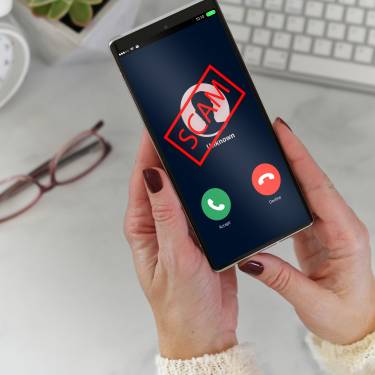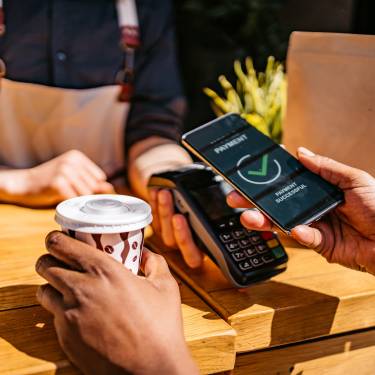All the Places You Can Run into Scammers

Scammers are always scouring to get their hands on your personal information, accounts, and money. Anyone can fall victim, but that doesn’t mean shopping isn’t safe. Knowledge is power—so being prepared could help you use your money safely.

Websites
Copycat websites, looking like a company you’re familiar with, are out there. The Better Business Bureau recommends looking at the domain name before purchasing anything off a website you suspect is sketchy. If the website name and link don’t match up, it could be a sign of a scam.
Another way to avoid unfamiliar websites is searching for the sites yourself and not clicking links you find in emails, unverified social media pages/posts, or other places. Going to official social media pages, verified by the platform, can be a safe way to find a legitimate link to the website you’re looking for.

Social media
The Federal Trade Commission reported that one in four people have been scammed through social media since 2021. Total losses amounted to approximately $2.7 billion.
A big contributor—44 percent of social media scams—are ads. Victims of these scams said they ordered the product, and it was a no show.
If it looks too good to be true, it probably is. Be aware of what looks like an unusually great sale, duplicate products similar to a popular brand name, and companies you’ve never heard of. Avoid ordering from an untrustworthy website by researching the company and verifying any links.

Mobile wallet versus plastic
It still takes some getting used to, pulling out your phone to use your credit or debit card or tapping your card on top of a reader—but it might be safer than using your card the normal way.
One concern law enforcement is warning about is the card reader scam. Thieves are installing devices on card readers at store locations and stealing card information when you insert your card. If you’re concerned with this scam in your area, the best option may be to pay from your mobile wallet or simply ‘Tap and Go’.

Calls, texts, emails
We all get the spam calls, junk emails, and unsolicited texts. Most of these unfamiliar messages are clearly scams, but the scammers are getting better and getting the best of people.
The ‘grandparent’ scam uses technology to fake a voice enough to sound like a relative in need of help. The target is in the name—most scammers are after elderly people, claiming to be their grandchild in trouble and in need of money. If anyone calls saying they’re in trouble, asking for money, gift cards, or an immediate transfer of funds—the safest thing to do is reach out to law enforcement. And call your relative, just to reassure yourself.
Common text and email scams can also look like package tracking or delivery notices.
Do not click on a link coming from an unsaved number. You will receive text messages or emails about a package or delivery if you have previously opted-in for it. If you’re unsure that you’ve opted-in or it seems unusual, the best thing to do is go back to the original site you purchased from and try again to authenticate the message there. If it came from a shipping carrier, you can plug in a tracking number to verify the tracking information as well. Unless you are sure that any delivery or tracking message is safe, you’re best to go to the original source of the information.



